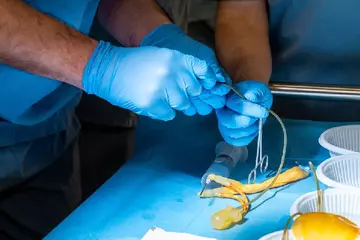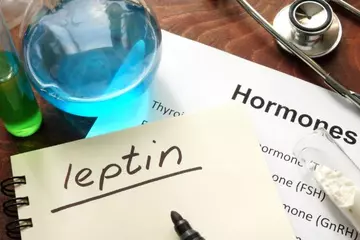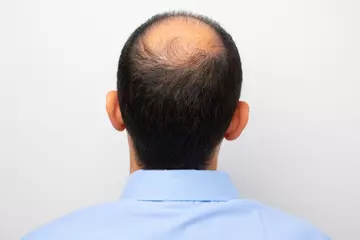Summary
Warts are small abnormal growths of skin that can appear on any part of the body, but they are commonly found on the face, hands, and the feet. They are caused due to an infection by the human papillomavirus (HPV), that enters the body from the superficial cracks and scratches on the skin. Warts are highly contagious and spread quickly by touch. They occur in different shapes and sizes and are differentiated according to their appearance and the place where they occur. The main types of warts are common warts, foot warts, flat warts, filiform warts, and mosaic warts. There is no cure for warts and treatment focuses on either destroying the wart on the skin by cryotherapy or electrotherapy, or by kick-starting the body's immune system to develop antibodies to fight against the virus. This is done by the use of salicylic acid or duct tape and other medications. If the warts are destroyed, then there is always a chance of their recurrence. Most warts clear out by themselves in a few weeks or months as the body produces antibodies against the virus. Warts do not cause complications in healthy people. Although they are difficult to cure, warts generally do not pose any significant threats.

 Doctors for Warts
Doctors for Warts  OTC Medicines for Warts
OTC Medicines for Warts
 Lab tests for Warts
Lab tests for Warts Warts articles
Warts articles
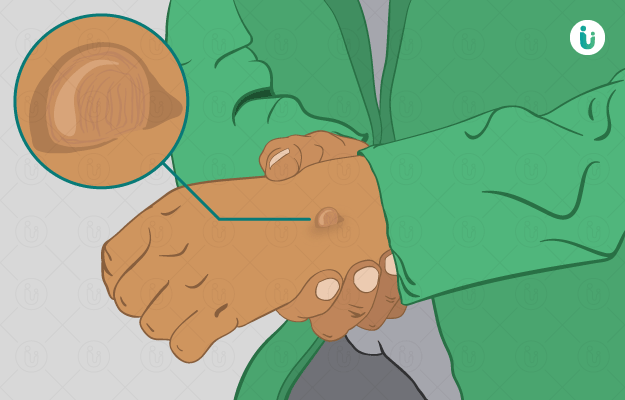
 Home Remedies for Warts
Home Remedies for Warts
 Homeopathic Treatment of Warts
Homeopathic Treatment of Warts

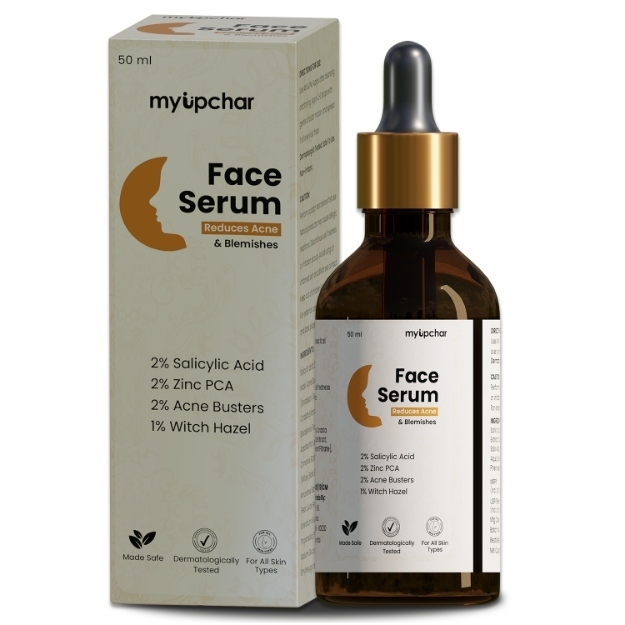

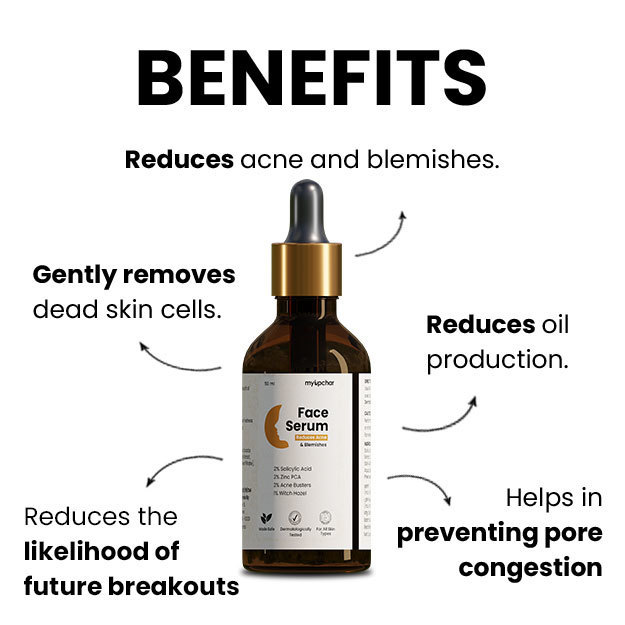
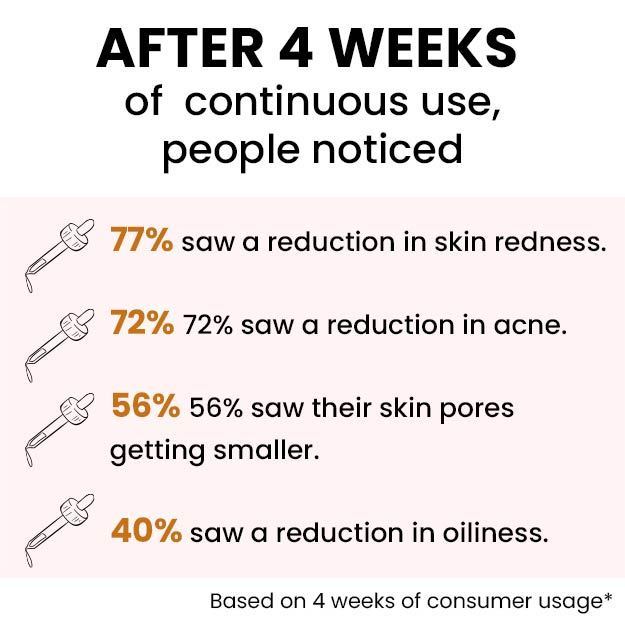
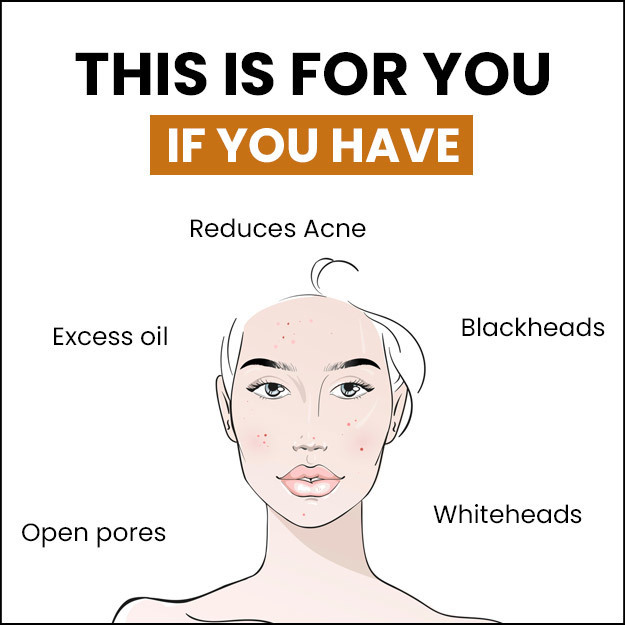
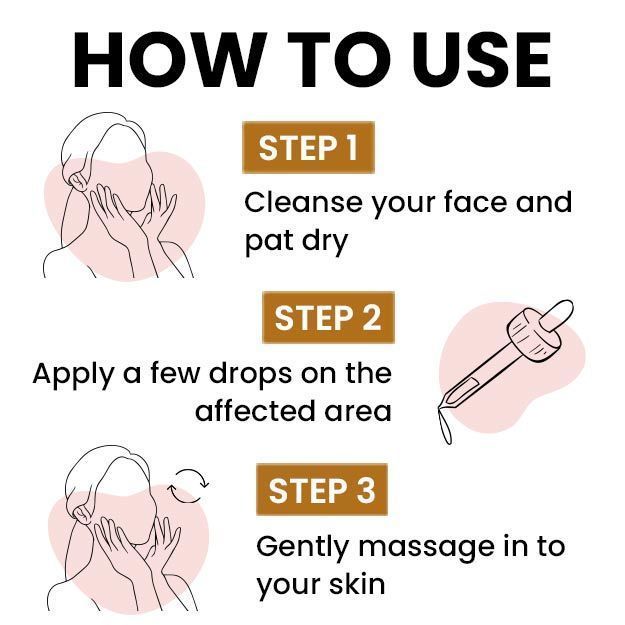
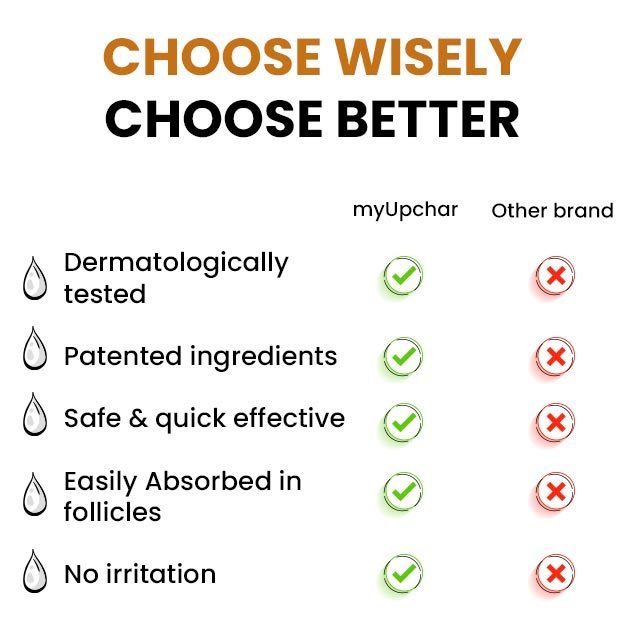
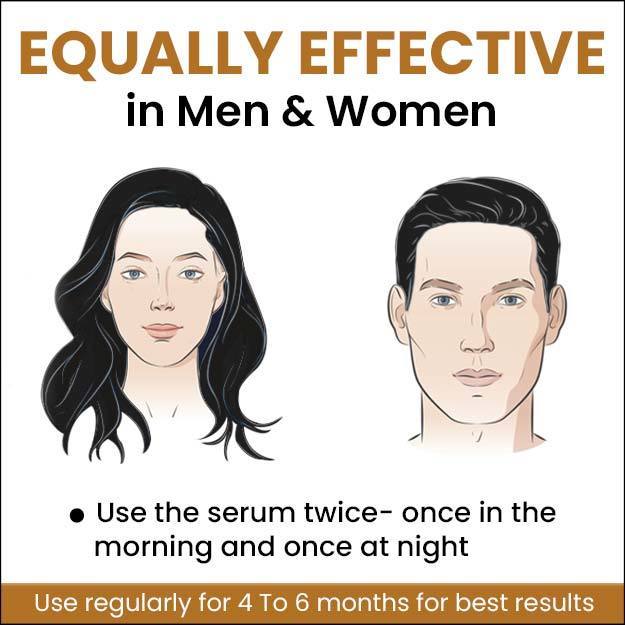
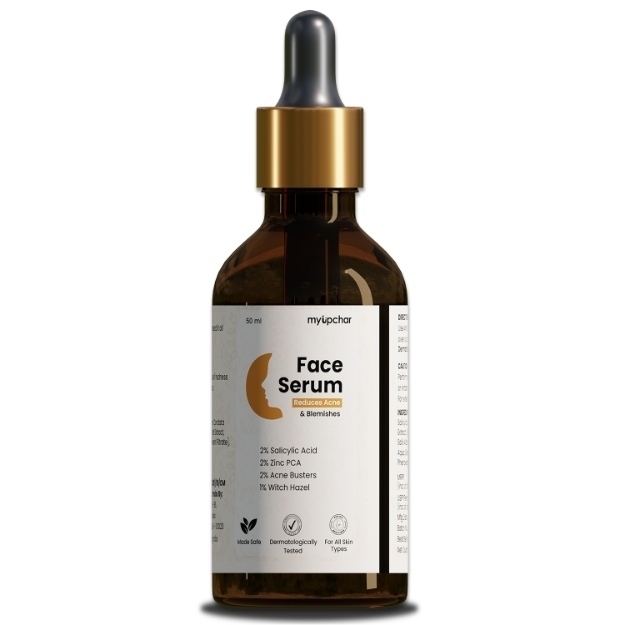
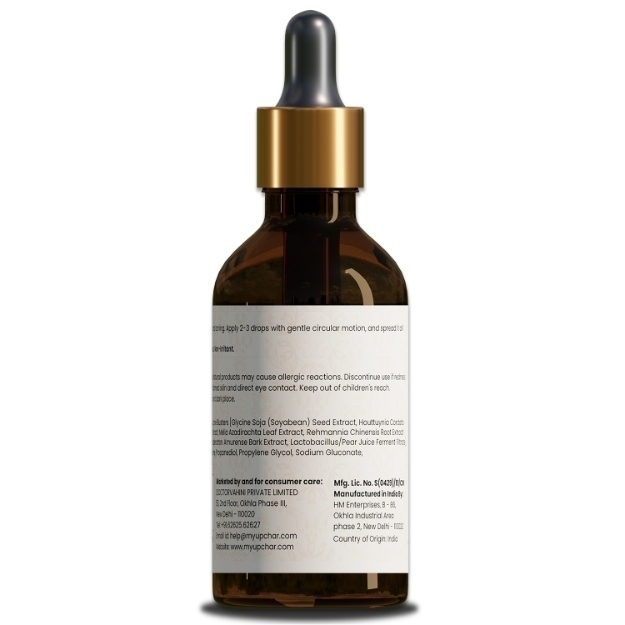
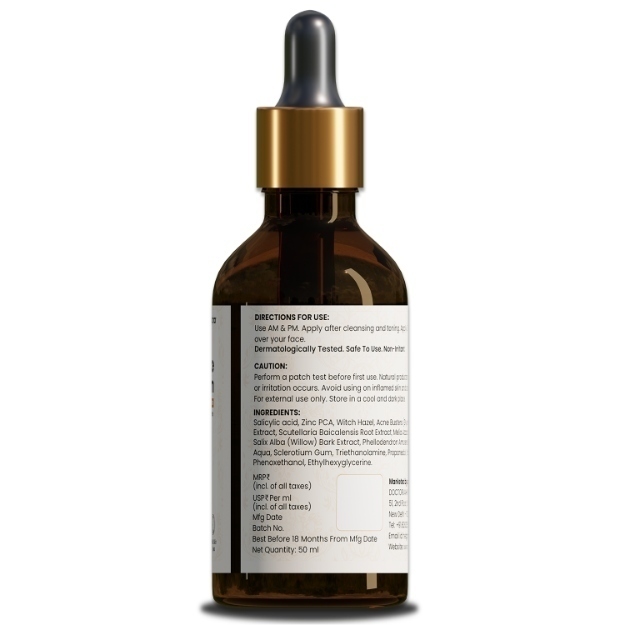



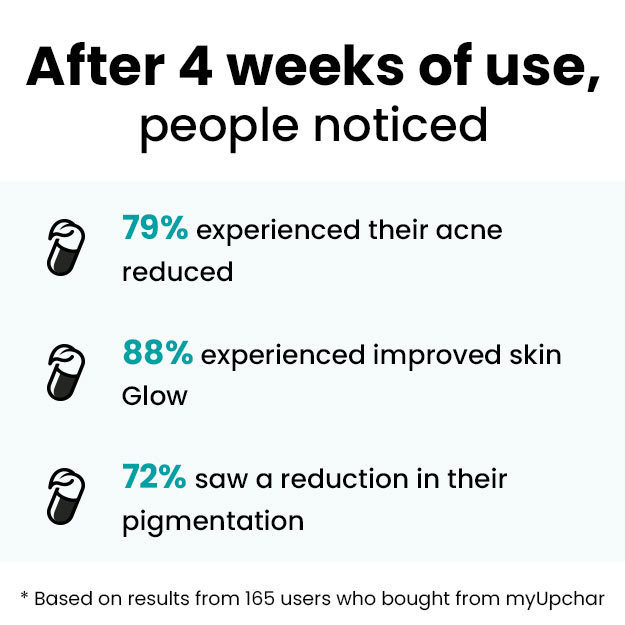
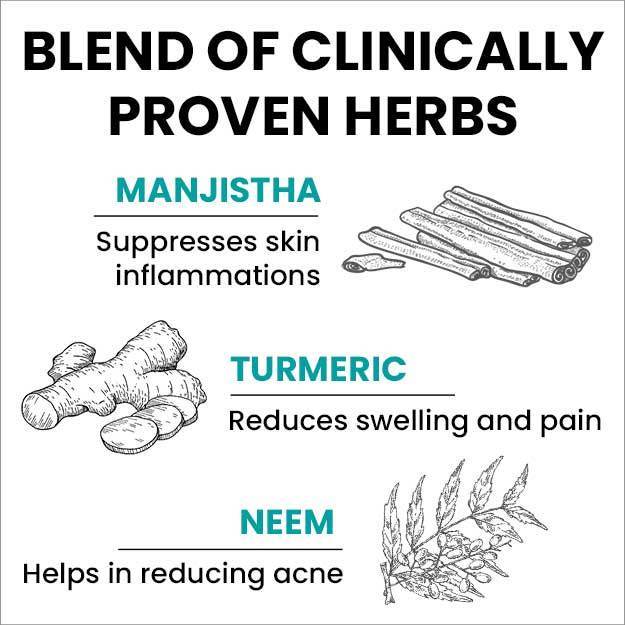
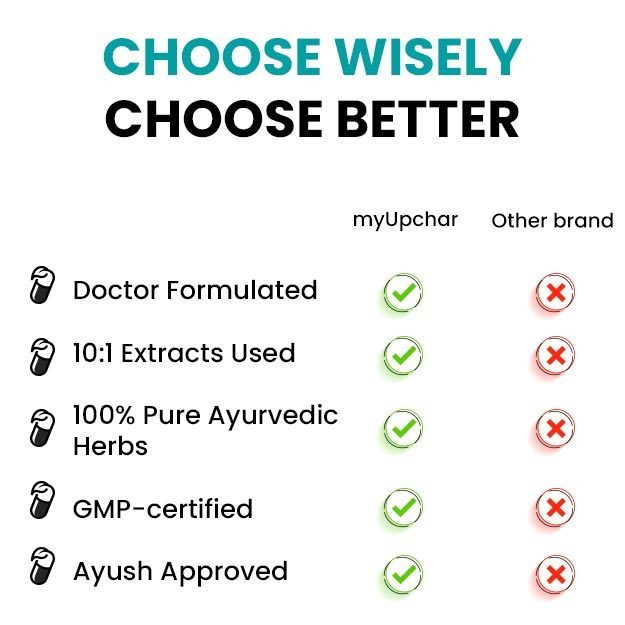




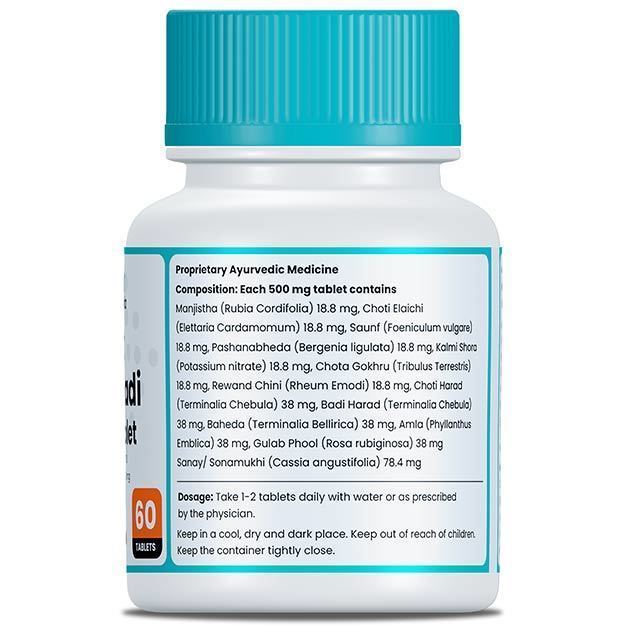
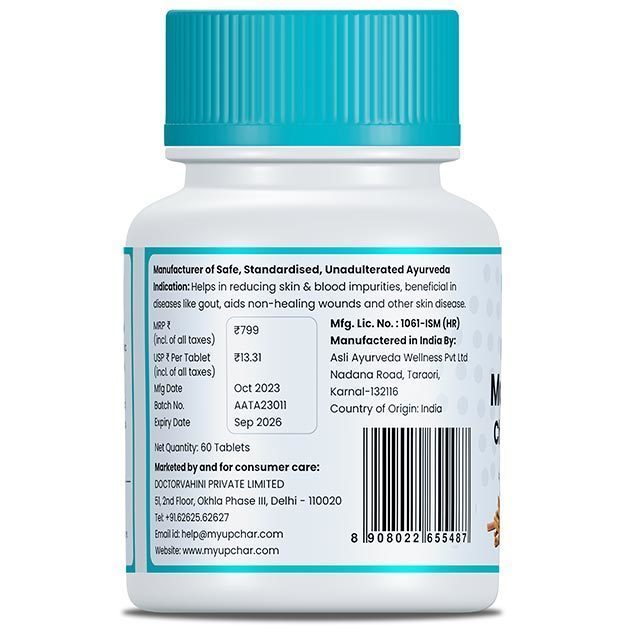
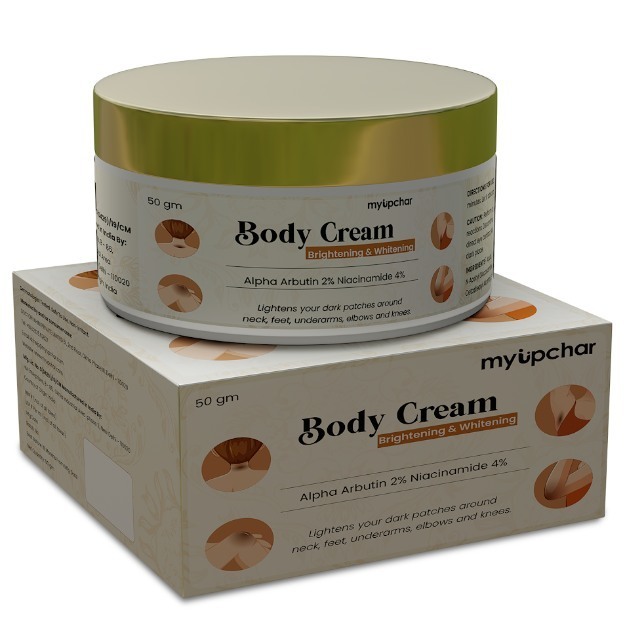

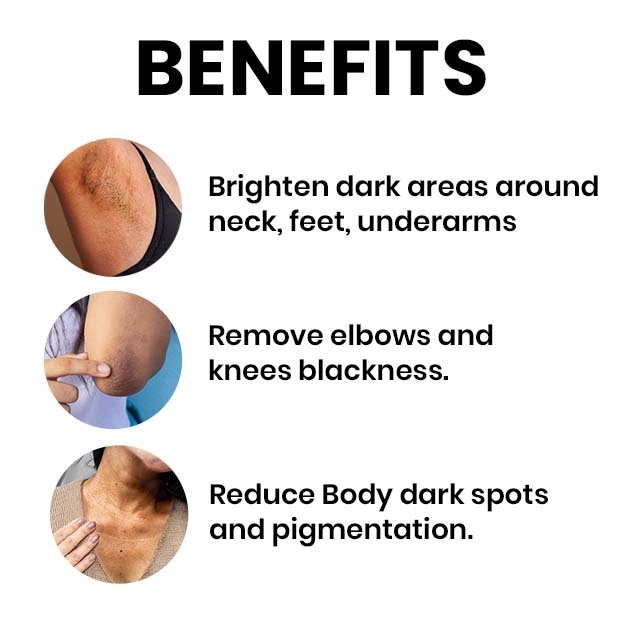
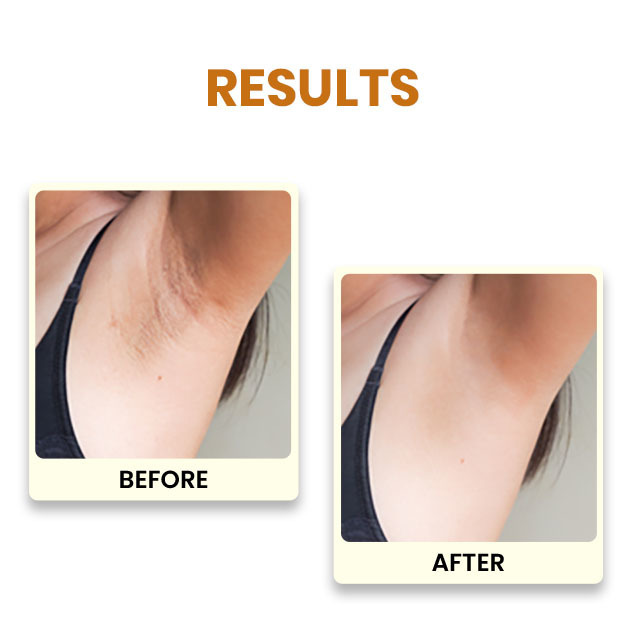
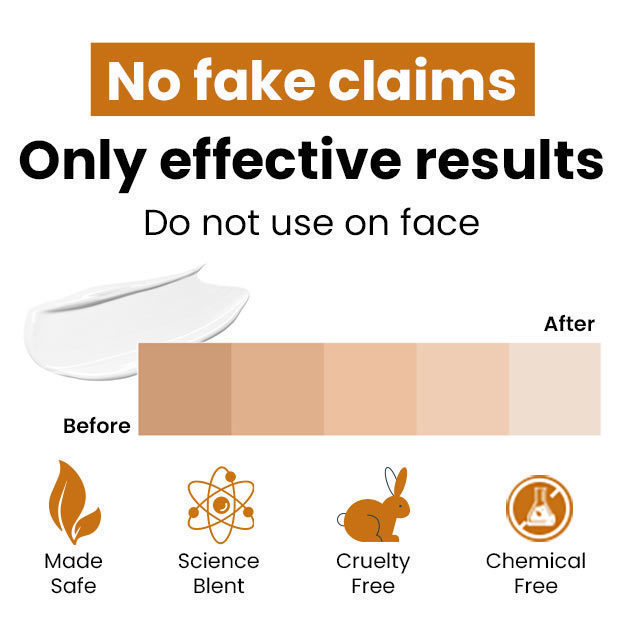
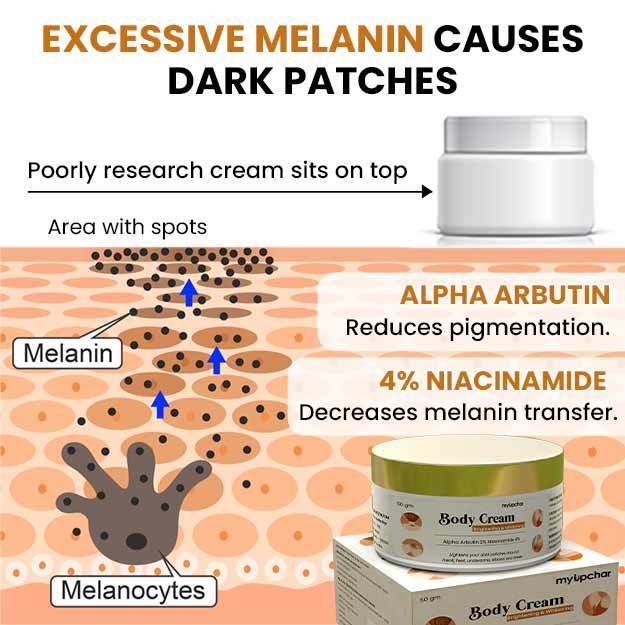
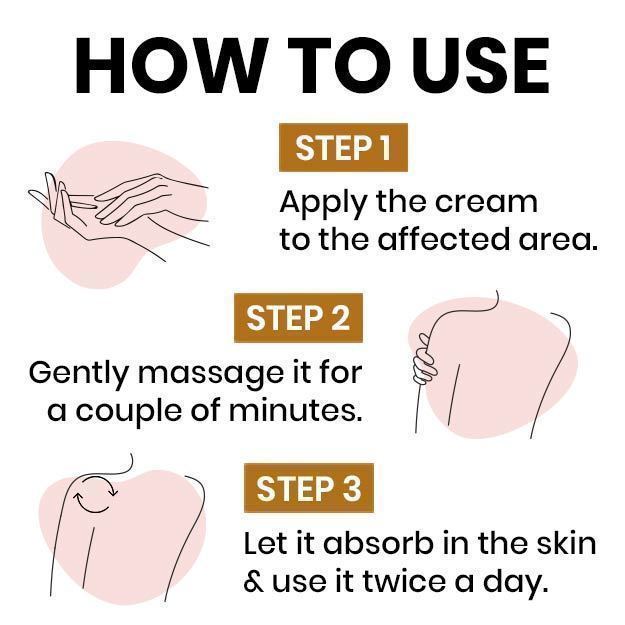
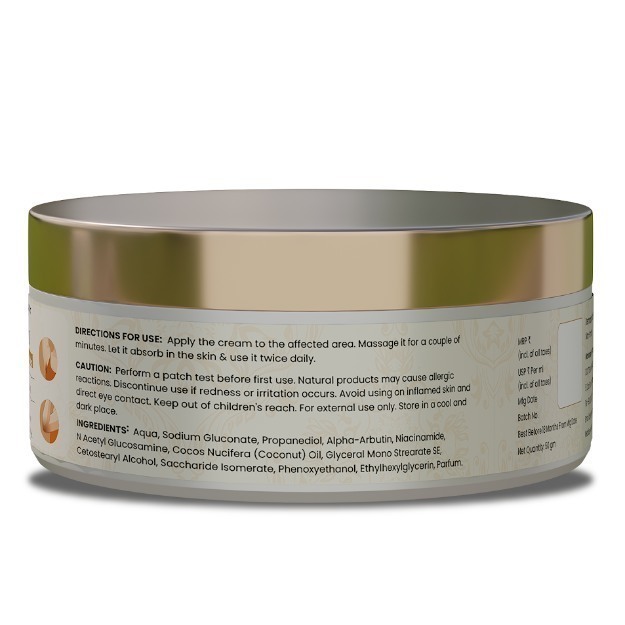
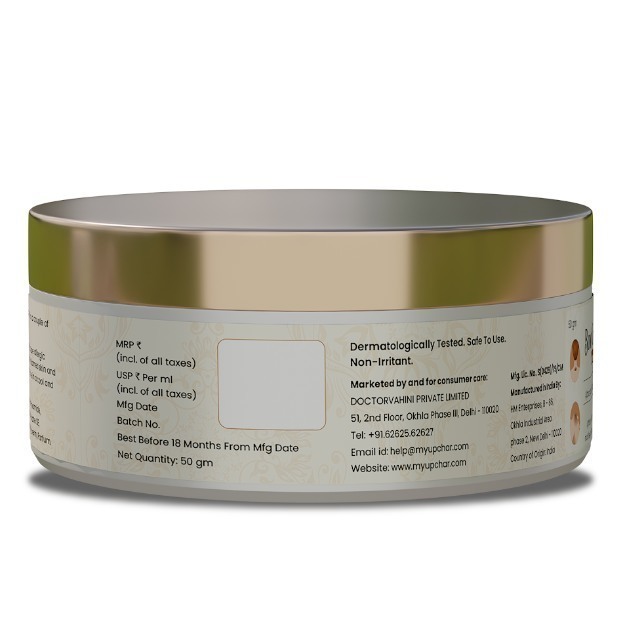






 Dr. Laxmidutta Shukla
Dr. Laxmidutta Shukla

 Dr. Rachita Narsaria
Dr. Rachita Narsaria





